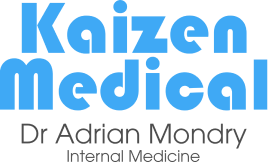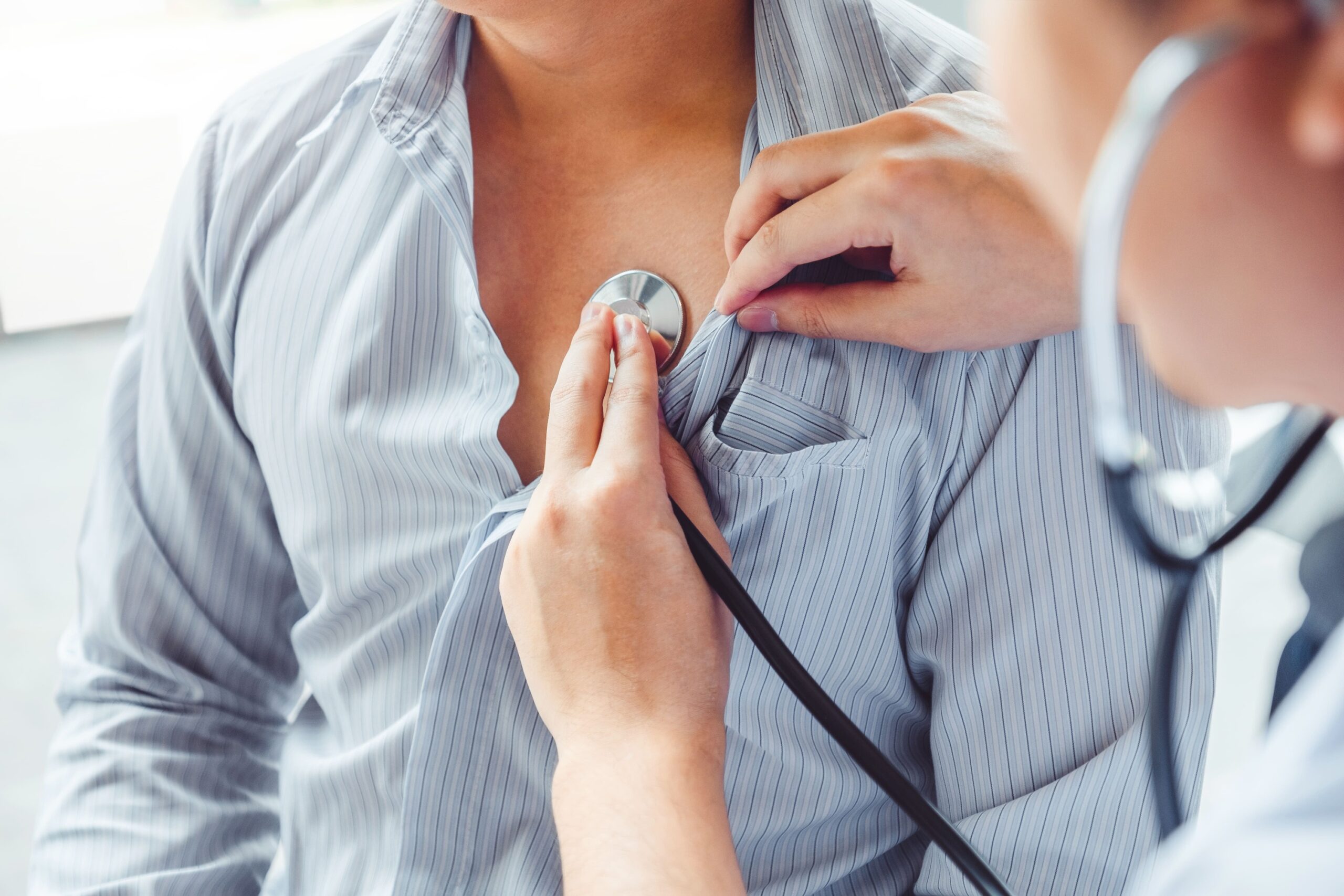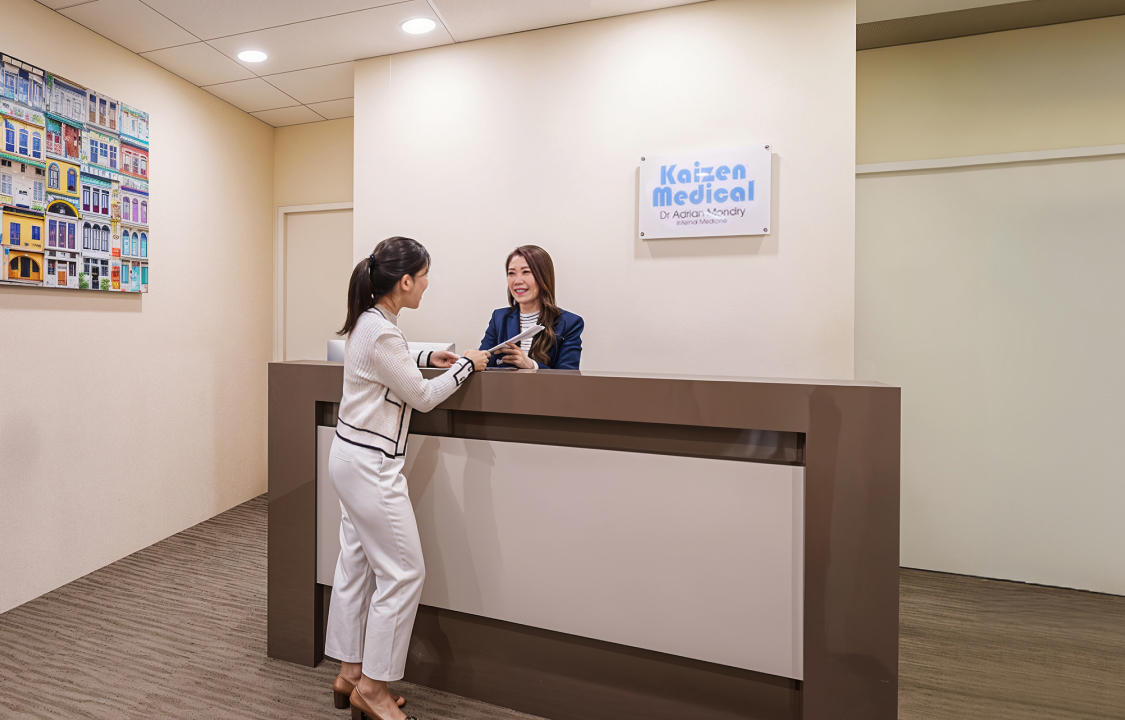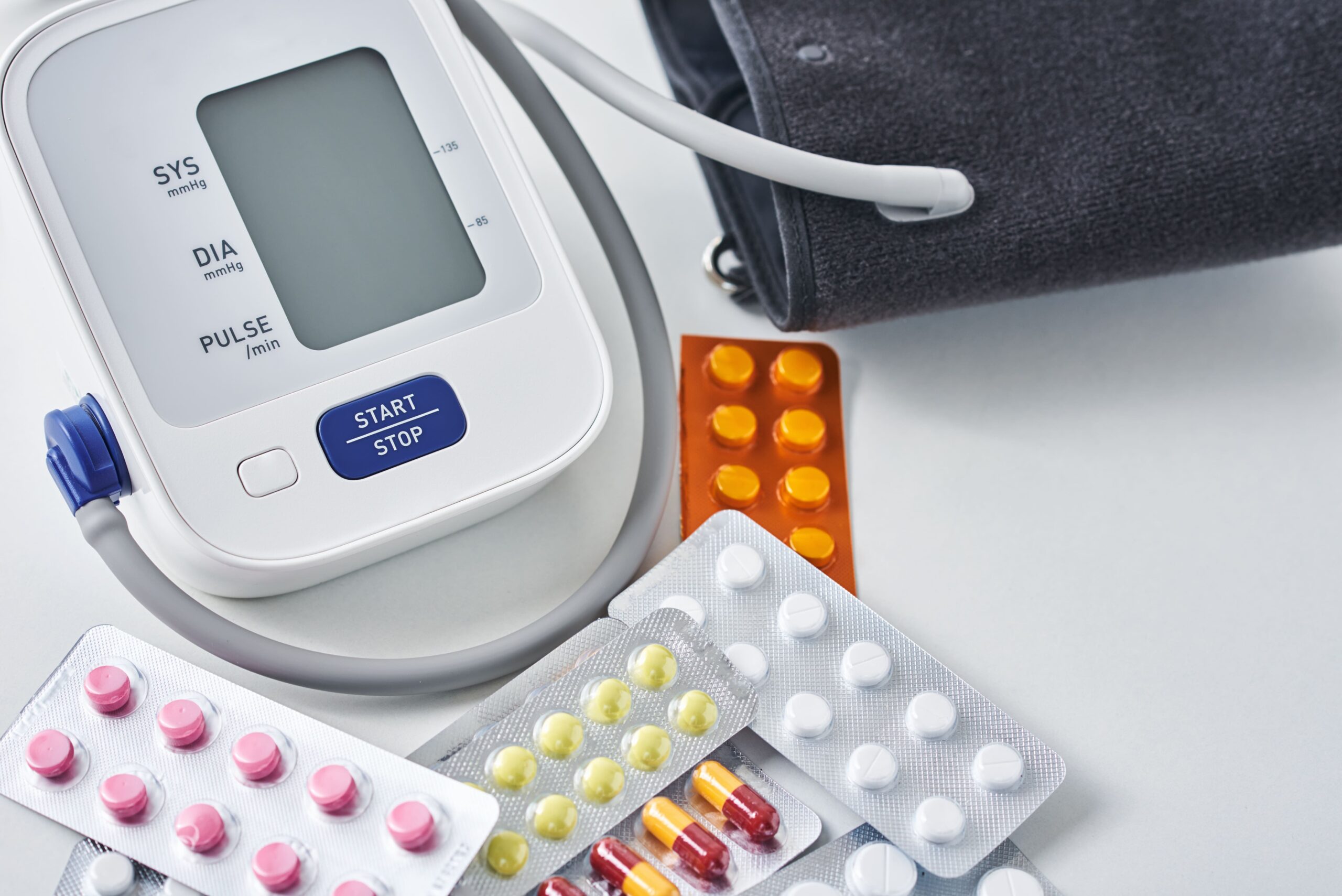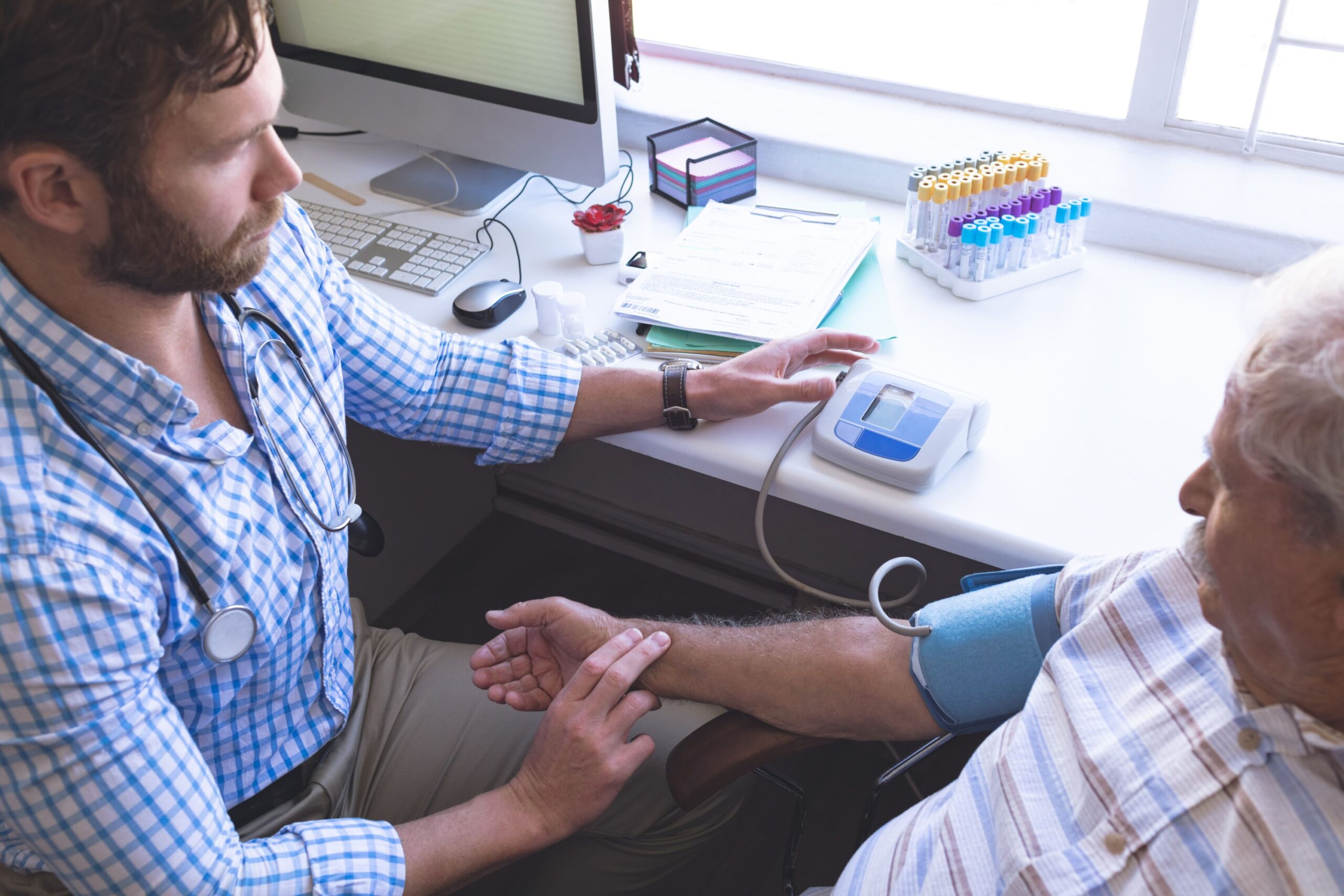Stage 1 hypertension occurs when blood pressure consistently ranges between 130-139 mmHg systolic or 80-89 mmHg diastolic, while stage 2 hypertension involves readings of 140/90 mmHg or higher. These classifications, established by international guidelines, determine treatment urgency and management strategies. The difference between stages significantly impacts organ damage risk, with stage 2 hypertension requiring immediate medical intervention compared to stage 1’s lifestyle modification approach.
Blood Pressure Classifications and Diagnostic Criteria
Blood pressure measurements fall into five distinct categories according to current medical guidelines. Normal blood pressure remains below 120/80 mmHg, while elevated blood pressure ranges from 120-129 systolic with diastolic below 80 mmHg. Stage 1 hypertension encompasses readings of 130-139/80-89 mmHg, and stage 2 hypertension includes all readings at or above 140/90 mmHg. Hypertensive crisis, requiring emergency care, occurs above 180/120 mmHg.
Accurate diagnosis requires multiple readings on different occasions, as blood pressure fluctuates throughout the day. Healthcare providers typically confirm hypertension through at least two elevated readings on separate visits, using proper measurement technique with appropriate cuff size and patient positioning. Home blood pressure monitoring over 7-14 days provides additional diagnostic data, with morning and evening measurements offering comprehensive assessment patterns.
The distinction between systolic (top number) and diastolic (bottom number) pressures matters for classification. Meeting criteria in either measurement qualifies for the higher stage classification. For instance, a reading of 135/78 mmHg indicates stage 1 hypertension based on systolic pressure alone, despite normal diastolic values.
Health Risks of Stage 1 Hypertension
Stage 1 hypertension damages blood vessels gradually through increased pressure against arterial walls. This sustained pressure causes arterial stiffening and narrowing, reducing blood flow to important organs. The heart works harder to pump blood against increased resistance, leading to left ventricular hypertrophy – thickening of the heart’s main pumping chamber.
Kidney function deteriorates as hypertension damages delicate filtering units called nephrons. Protein leakage into urine often represents early kidney damage, detectable through simple urine tests. The kidneys’ reduced filtering capacity creates a cycle where poor kidney function worsens blood pressure control.
💡 Did You Know?
Blood pressure naturally rises during exercise, stress, or caffeine consumption, but returns to baseline within minutes in healthy individuals. Persistent elevation indicates underlying cardiovascular changes requiring medical attention.
Brain health suffers through small vessel disease caused by chronic hypertension. These microscopic changes accumulate over years, potentially affecting memory, processing speed, and executive function. Stage 1 hypertension doubles stroke risk compared to normal blood pressure, even without other risk factors.
Eye examination reveals hypertensive retinopathy – blood vessel damage visible through dilated pupil examination. Early changes include arterial narrowing and vessel wall thickening, progressing to hemorrhages and vision loss if untreated.
Health Risks of Stage 2 Hypertension
Stage 2 hypertension accelerates organ damage through more severe vascular stress. The heart develops significant structural changes including chamber enlargement and reduced pumping efficiency. Coronary artery disease risk increases substantially, with plaque formation accelerated by hypertensive damage to vessel walls.
Kidney disease progression occurs rapidly at stage 2 levels, with glomerular filtration rate declining measurably within months to years. Proteinuria becomes more pronounced, and electrolyte imbalances develop as kidney function deteriorates. Without intervention, progression to dialysis-dependent kidney failure becomes increasingly likely.
⚠️ Important Note
Blood pressure readings above 180/120 mmHg constitute hypertensive crisis requiring immediate emergency department evaluation, especially with symptoms like chest pain, shortness of breath, or vision changes.
Aortic complications emerge at stage 2 levels, including aneurysm formation and dissection risk. The body’s largest artery weakens under constant pressure, potentially leading to life-threatening rupture. Regular imaging surveillance becomes necessary for those with prolonged stage 2 hypertension.
Cognitive decline accelerates with stage 2 hypertension through both large and small vessel cerebrovascular disease. Memory problems, difficulty concentrating, and personality changes may develop insidiously. The risk of both ischemic and hemorrhagic stroke increases exponentially compared to stage 1 hypertension.
Treatment Approaches for Each Stage
Stage 1 hypertension management begins with comprehensive lifestyle modification lasting 3-6 months before considering medication. Dietary changes focus on sodium reduction below 2,300 mg daily, with further reduction to 1,500 mg providing additional benefit. The DASH (Dietary Approaches to Stop Hypertension) eating pattern emphasizes fruits, vegetables, whole grains, and lean proteins while limiting saturated fats.
Physical activity recommendations include 150 minutes of moderate-intensity aerobic exercise weekly, plus muscle-strengthening activities twice weekly. Even modest weight loss of 5-10 kg can reduce systolic pressure by 5-20 mmHg. Alcohol limitation to one drink daily for women and two for men provides measurable blood pressure reduction.
Stage 2 hypertension requires immediate medication initiation alongside lifestyle changes. Initial therapy typically combines two antihypertensive drugs from different classes, such as an ACE inhibitor with a calcium channel blocker or thiazide diuretic. Single-pill combinations improve adherence and achieve target blood pressure more rapidly than sequential monotherapy.
✅ Quick Tip
Morning blood pressure measurements should occur before medications, caffeine, or exercise, after 5 minutes of quiet sitting with back supported and feet flat on floor.
Medication selection considers individual factors including age, ethnicity, comorbidities, and potential side effects. ACE inhibitors and ARBs protect kidney function in diabetic patients, while calcium channel blockers particularly benefit older adults. Beta-blockers serve specific indications like heart failure or post-myocardial infarction rather than first-line hypertension treatment.
Monitoring and Follow-up Requirements
Stage 1 hypertension requires follow-up within 3-6 months to assess lifestyle modification effectiveness. Blood pressure logs documenting home readings twice daily guide treatment decisions. Laboratory assessment includes metabolic panel, lipid profile, and urinalysis to evaluate organ function and cardiovascular risk factors.
Stage 2 hypertension demands closer monitoring with follow-up monthly until blood pressure control achieves target levels. Medication adjustments occur at 4-week intervals based on response, with dose optimization or drug additions as needed. Once controlled, visits extend to 3-6 month intervals with annual comprehensive evaluation.
Home blood pressure monitoring provides valuable data between visits. Validated automatic devices with appropriate cuff sizes ensure accuracy. Recording measurements in a log or smartphone app helps identify patterns and medication effectiveness. Weekly averages guide treatment decisions more reliably than isolated office readings.
Target blood pressure goals vary by individual circumstances. General targets include below 130/80 mmHg for most adults, with consideration for lower targets in those with diabetes or chronic kidney disease. Older adults may tolerate slightly higher targets to avoid hypotension and falls.
Lifestyle Modifications That Make a Difference
Dietary sodium reduction requires reading nutrition labels and choosing fresh over processed foods. Hidden sodium sources include bread, pizza, sandwiches, cold cuts, and canned soups. Restaurant meals often contain an entire day’s sodium allowance in a single serving. Potassium-rich foods like bananas, oranges, spinach, and sweet potatoes help counteract sodium’s effects.
Stress management through structured techniques measurably reduces blood pressure. Progressive muscle relaxation, deep breathing exercises, and meditation practiced 10-20 minutes daily show clinical benefit. Regular sleep schedules with 7-9 hours nightly support blood pressure regulation through hormonal balance.
Weight loss occurs most successfully through sustainable dietary changes rather than extreme restrictions. A 500-750 calorie daily deficit achieves 0.5-0.75 kg weekly loss. Combining aerobic exercise with resistance training maximizes metabolic benefits while preserving muscle mass during weight reduction.
Smoking cessation provides rapid cardiovascular benefits, with blood pressure improvement visible within weeks. Nicotine replacement therapy, prescription medications, and behavioral support increase quit success rates. Multiple quit attempts are often necessary, with each attempt increasing ultimate success likelihood.
What Our Internal Medicine Specialist Says
Blood pressure control requires patience and persistence, as finding the right combination of lifestyle changes and medications takes time. Many patients achieve good control through systematic approach adjustments rather than accepting suboptimal readings. The focus lies in consistent monitoring and regular communication with your healthcare team about medication effects and lifestyle challenges.
Treatment adherence improves dramatically when patients understand their specific cardiovascular risk and how blood pressure control modifies that risk. Rather than viewing hypertension as just numbers, recognizing its impact on organ health motivates long-term management commitment. Modern medications offer good efficacy with minimal side effects when properly selected and dosed.
Young adults with hypertension deserve particular attention, as lifetime cardiovascular risk accumulates over decades. Early intervention prevents irreversible organ damage and establishes healthy patterns for life. Genetic factors often contribute to early-onset hypertension, making family screening valuable for identifying at-risk relatives.
Putting This Into Practice
- Measure blood pressure at home twice daily for two weeks, recording all readings with date and time to establish your baseline pattern and identify any white coat effect during medical visits
- Create a detailed food diary for one week, calculating daily sodium intake using nutrition labels and identifying your highest sodium sources for targeted reduction
- Schedule specific exercise times in your calendar like appointments, starting with 10-minute walks after meals and gradually increasing duration and intensity based on your current fitness level
- Prepare a list of all current medications, supplements, and over-the-counter drugs for review, as NSAIDs, decongestants, and certain antidepressants can raise blood pressure
- Set up automated medication reminders on your phone and use a pill organizer to track adherence, noting any missed doses or side effects in your blood pressure log
When to Seek Professional Help
- Blood pressure readings consistently above 130/80 mmHg despite lifestyle modifications for 3 months
- Any blood pressure reading above 180/120 mmHg
- Chest pain, severe headache, or shortness of breath accompanying elevated readings
- Dizziness, fainting, or near-fainting episodes
- Visual changes including blurred vision or seeing spots
- Swelling in legs, ankles, or feet
- Irregular heartbeat or palpitations
- Persistent fatigue affecting daily activities
- Morning headaches occurring several times weekly
- Difficulty achieving blood pressure control despite multiple medications
Commonly Asked Questions
How quickly can I expect my blood pressure to improve with treatment?
Lifestyle changes typically show results within 2-4 weeks, with maximum benefit at 3-6 months. Medications work faster, often normalizing blood pressure within 2-4 weeks of reaching therapeutic doses. Individual response varies based on baseline levels, adherence, and underlying causes.
Can I stop medication once my blood pressure normalizes?
Hypertension medication generally requires lifelong use, as blood pressure typically rises again upon discontinuation. Some patients achieving significant weight loss and lifestyle changes may reduce or eliminate medications under medical supervision, but this requires careful monitoring and gradual adjustment.
Does coffee raise blood pressure permanently?
Caffeine causes temporary blood pressure elevation lasting 3-4 hours, but regular coffee drinkers develop tolerance. Moderate consumption (2-3 cups daily) doesn’t cause sustained hypertension in most people. Those sensitive to caffeine may benefit from limiting intake or switching to decaffeinated options.
Why is my blood pressure different in each arm?
Small differences up to 10 mmHg between arms are normal due to anatomical variations. Consistent differences exceeding 15 mmHg warrant evaluation for vascular abnormalities. Always use the arm with higher readings for monitoring and treatment decisions.
Can white coat hypertension lead to real hypertension?
White coat hypertension – elevated readings only in medical settings – carries increased risk for developing sustained hypertension. Regular home monitoring helps distinguish white coat effect from true hypertension, guiding appropriate treatment decisions.
Next Steps
Consistent blood pressure control through appropriate treatment prevents organ damage and reduces cardiovascular event risk. Whether through lifestyle modifications alone or combined with medications, achieving target blood pressure levels remains an attainable goal with proper medical guidance.
If you’re experiencing elevated blood pressure readings or have been diagnosed with stage 1 or stage 2 hypertension, our MOH-accredited internal medicine and hypertension specialist provides comprehensive evaluation and personalized treatment strategies.
